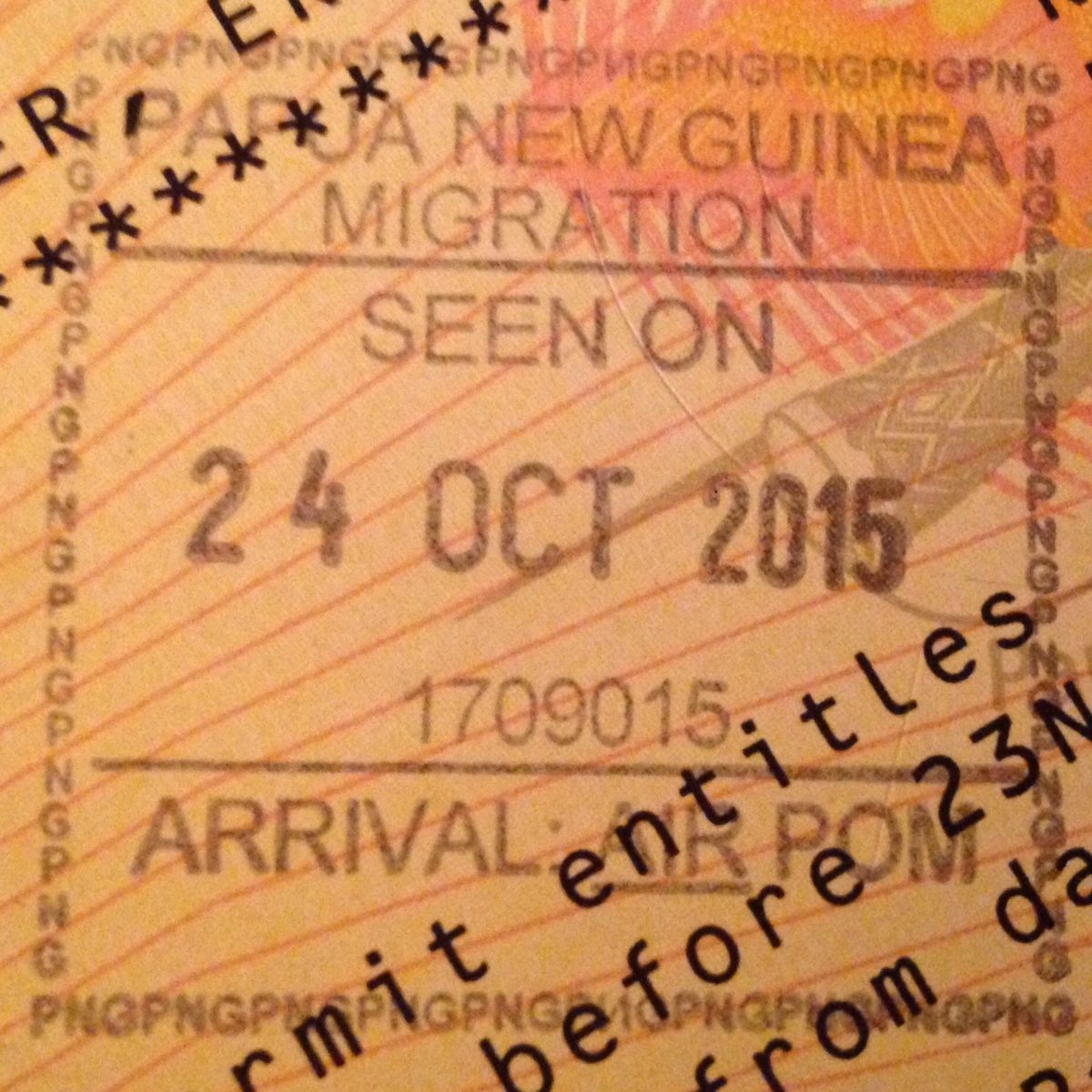Bahamas Immigration Card Pdf Free

United States Alien Registration Receipt Card United States lawful permanent residency, informally known as green card, is the immigration status of a person authorized to live and in the permanently. Green cards are valid for 10 years for permanent residents, and 2 years for conditional permanent residents.
Air Charter Bahamas - Private air charter to the Bahamas Islands and the Caribbean.
Rca Digital Voice Recorder Rp5015a Owners Manual. After this period, the card must be renewed or replaced. The application process may take several years. An immigrant usually has to go through a three-step process to get permanent residency that includes petition and processing. A United States Permanent Resident Card (USCIS Form I-551), formerly known as Alien Registration Card or Alien Registration Receipt Card (INS Form I-151), is an attesting to the status of an in the United States.
Owing to its green design from 1946 until 1964, it is known informally as a 'green card', a nickname it retained even after the color was changed. The card was restored to green in 2010. 'Green card' also refers to an immigration process of becoming a permanent resident. The green card serves as proof that its holder, a lawful permanent resident (LPR), has been officially granted immigration benefits, including permission to reside and take employment in the United States. The holder must maintain permanent resident status, and can be removed from the United States if certain conditions of this status are not met.
Green cards were formerly issued by the (INS). 107–296, 116 Stat. 2135) dismantled INS and separated the former agency into three components within the Department of Homeland Security (DHS). The first, the (USCIS), handles applications for immigration benefits.
Two other agencies were created to oversee the INS's former functions of immigration enforcement: (ICE) and (CBP), respectively. Permanent residents of the United States eighteen years of age or older must carry their actual green card at all times. Failing to do so is a violation of the Immigration and Nationality Act, carrying the possibility of a fine up to $100 and imprisonment for up to 30 days for each offense. Only the federal government can impose these penalties. Cards issued between January 1977 and August 1989 do not have document numbers or expiration dates and are valid indefinitely.
Contents • • • • • • • • • • • • • • • • • • • • • • • • • Reading a permanent resident card [ ] While most of the information on the card is self-evident, the computer- and human-readable signature at the bottom is not. The format follows the TD1 format: • First line: 1–2: C1 or C2. C1 = resident within the United States, C2 = permanent resident commuter (living in Canada or Mexico) 3–5: USA (issuing country, United States) 6–14: 9-digit number (A#, alien number) 15: check digit over digits 6–14 16–30: 13-character USCIS receipt number, padded with '. See also: The whole process may take several years, depending on the type of immigrant category and the.
An immigrant usually has to go through a three-step process to get permanent residency: • Immigrant petition ( or Form I-130) – in the first step, USCIS approves the immigrant petition by a qualifying relative, an employer, or in rare cases, such as with an investor visa, the applicant himself. If a sibling is applying, she or he must have the same parents as the applicant. • Immigrant visa availability – in the second step, unless the applicant is an 'immediate relative', an immigrant visa number through the National Visa Center (NVC) of the (DOS) must be available. A visa number might not be immediately available even if the USCIS approves the petition, because the number of immigrant visa numbers is limited every year by quotas set in the (INA). There are also certain additional limitations. Thus, most immigrants will be placed on lengthy waiting lists. Those immigrants who are immediate relatives of a U.S.
Citizen (spouses and children under 21 years of age, and parents of a U.S. Citizen who is 21 years of age or older) are not subject to these quotas and may proceed to the next step immediately (since they qualify for the IR immigrant category). • Immigrant visa adjudication – in the third step, when an immigrant visa number becomes available, the applicant must either apply with USCIS to adjust their current status to permanent resident status or apply with the DOS for an immigrant visa at the nearest U.S. Consulate before being allowed to come to the United States. • (AOS) – Adjustment of status is for when the immigrant is in the United States and entered the U.S.